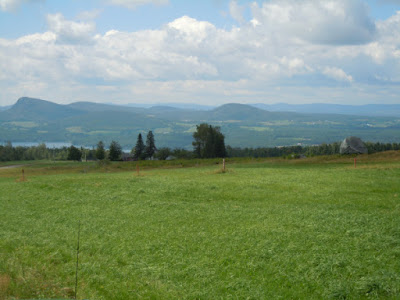Something Wicked This Way Comes: Strange Happenings at Mt. Philo

The night sky above Mt. Philo State Park. "All a skeptic is is someone who hasn’t had an experience yet.” — Jason Hawes Halloween occurs in between the sweet vibrancy of summer and the dark, quiet depths of winter. Transition bring change and uncertainty. Many cultures around the world believe that during this period the worlds of the living and the dead can bleed into each other. Although it’s been a couple of years since a major occurrence, it appears as though something might be reaching out at Mount Philo State Park. Mount Philo State Park is the oldest Vermont State Park and is no stranger to ghostly apparitions or bizarre occurrences ( see our classic blog post on ‘Freaky Philo’ for more ). Throughout the 2019 season, strange animal carcasses were found here and there in ways that made it seem as though someone (or something) was engaging in some form of macabre taxidermy. After some time, it just stopped and all returned to normal. In late September, ...



